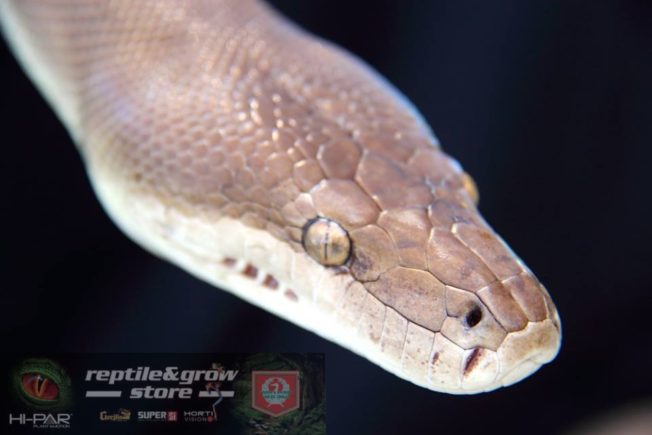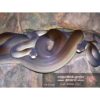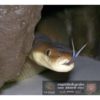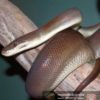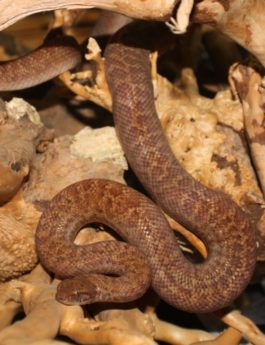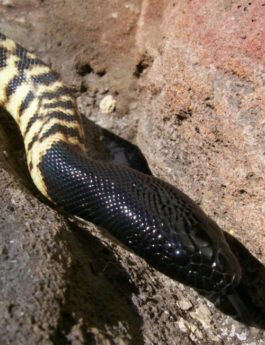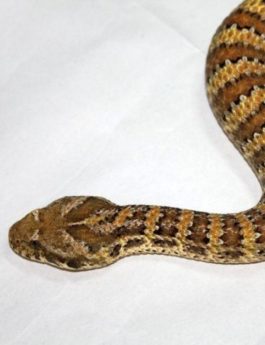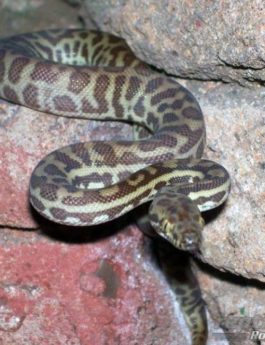Two subspecies recognised. L. o. olivaceus: Ground colour dark olive, yellowish-brown to olive-brown, fading laterally. Lips, side of throat, neck and ventral surfaces white to cream. Lips may be finely dotted with darker pigment. TL 2.5m (average). L. o. barroni differs from nominate form in possessing fewer midbody scale rows (58-63 vs 61-80), more numerous ventral scales (374-411 vs 355-377), and in attaining larger average size. Individuals up to 5.5m reported in 1923. Distinguished from L. mackloti in bearing cream (vs yellow) ventral surfaces, and weakly glossed (vs highly iridescent) body scales.
Shelters in deep rock crevices, caves and abandoned burrows. Arid to subhumid areas of northern Australia. Often encountered along drainage systems, especially those associated with rocky areas. L. o. olivaceus extends from Broome area, W.A. across northern N.T. to western half of Qld.; as far south as Windorah district. L. o. barroni is restricted to Pilbara region, W.A.; separated from nominate form by Great Sandy Desert.
Terrarium: Olive Pythons are a very large arboreal snake, the enclosure needs to be large enough to provide large horizontal logs to bask themselves on, multiple large hide rocks and maintain a thermal gradient. A terrarium that is 120x60x120cm (WxDxH) would be suitable to house a mature Olive Python, a custom built enclosure would be necessary to house a mature pair as they require a large amount of room.
Lighting & heating: UVB lighting is not essential to Olive Pythons, however a low 2.0 spectrum fluorescent globe can be used for viewing purposes. Heating can be provided with a heat tile, mat or cord to maintain a ground surface temperature of 32°C in the hot spot. Ambient heat can be provided with an infrared heat globe to maintain a daytime temperature of 36°C in the warm end and 25°C in the cool end, on warmer days you may not need to turn on the heat globe as the ambient temperature of the enclosure may already be high enough. A thermometer should always be used to monitor the temperature within the enclosure.
Furnishings: It is important to provide your Olive Python with a large enough of hide cave, a water bowl at the cool end, and artificial plants will give coverage and decoration. Large horizontal Logs and vines can be used within the enclosure to provide climbing enrichment. A pet bedding wood chips such as Chipsi or Critter Crumble can be used as a substrate.
Food in captivity: All captive bred snakes must be fed dead food. An Olive Python will eat a variety of frozen and thawed mice, rats and chickens of appropriate sizes. On average they will have 1-2 food items every 7-10 days.
The essentials:
- Terrarium of appropriate size
- Tummy heating
- Thermometer
- Infrared Heat globe
- Water bowl
- Substrate
- Hide caves
- Foliage for shelter
- Large logs

